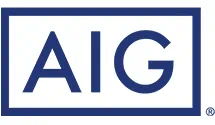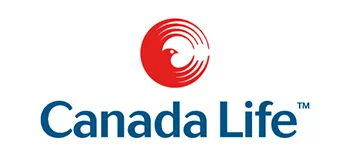Detailed Insights into UK’s National Insurance Contributions
Understanding the Recent Reforms and Their Broader Impact
National Insurance Contributions (NICs) are a cornerstone of the UK’s social security system, underpinning key public services such as the NHS, pensions, and other welfare benefits. They are mandatory payments for most workers and employers in the UK.
How NICs Work
NICs vary depending on your earnings and employment status, ensuring that contributions to the national welfare are equitable and based on one’s financial capacity. This progressive system means higher earners contribute more towards the welfare state.
Classification of Contributions
There are several classes of NICs, each applicable to different types of employment and earnings scenarios. Class 1 contributions are paid by employees, Class 2 and 4 by self-employed individuals, and Class 3 for voluntary contributions.
Autumn Statement 2023 Reforms
In a significant move, Chancellor Jeremy Hunt announced reforms to NICs in the Autumn Statement 2023, aimed at supporting workers and businesses. These changes reflect the government’s response to economic challenges and its commitment to social welfare.
Rate Changes and Their Implications
The reduction in NIC rates, including the cut in Class 1 and Class 4 contributions, is designed to alleviate financial pressures on workers and self-employed individuals. This change is expected to impact a wide range of the workforce, enhancing take-home pay and stimulating economic activity.
Wage Uprating and Its Significance
The increase in the National Living Wage and National Minimum Wage from April 2024 represents a commitment to improving the living standards of low-income workers. This adjustment is particularly important in the context of rising living costs and economic uncertainty.
Disclaimer: This content is intended for general informational purposes and should not be considered as legal or tax advice.













